Quince Fruit Varieties – Quince Tree Types For The Landscape
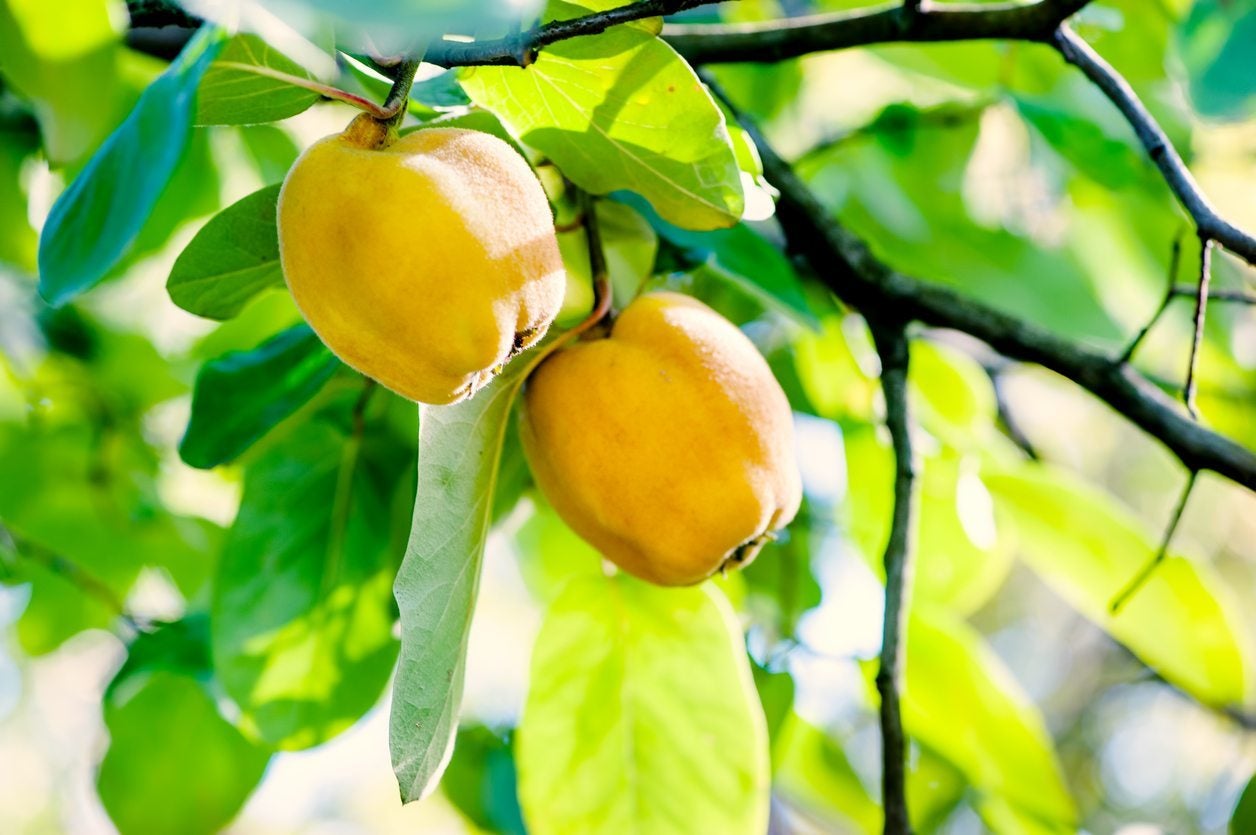

The quince is an unfortunately too often overlooked fruit and fruit tree for the garden. This apple like tree produces beautiful, spring blooms and tasty fruits. If you want something unique for your garden, consider one of the many varieties of quince.
What is Quince?
The quince is a fruit that has been forgotten by many, but it is also one that deserves a comeback. A quince is a fruit tree that grows to about 8 to 15 feet (2-5 m.) in height at maturity. It grows twisted and gnarled branches that add great visual interest to the garden at all times of the year. In spring, it blooms and in late summer it produces the quince fruit: a hard, acidic, apple like fruit that is wonderful when cooked or baked.
Quince Fruit Varieties
There are several different quince tree types, varieties, and cultivars that you can choose from to add this interesting tree and tasty fruit to your garden and kitchen. When very ripe, these fruits can be eaten raw, but most are too hard and should be cooked first. They can also be used to make jellies because quince is packed with pectin. Here are some kinds of quince to try in your garden: Orange. Most varieties of quince are cultivars of the species Cydonia oblonga. One of these is ‘Orange,’ and it produces a round, very fragrant fruit with an orange tinted flesh. This is one of the softer quince fruits, so if you want to try eating quince raw, this is the way to go. Cooke’s Jumbo. This cultivar produces pretty, white-pink flowers in the spring and fruit that is large and pear-shaped. ‘Cooke’s Jumbo’ is best used for baking, poaching, and making preserves and jellies. Champion. The ‘Champion’ cultivar is well known among quince enthusiasts for its delicate and lemon-like flavor. The fruit is pear-shaped and has a fuzzy, golden skin. It produces fruit later in the fall. Pineapple. A popular cultivar, ‘Pineapple’ is named for its flavor. The aroma and taste are very similar to pineapple. This tasty quince is used for baking and cooking and is one of the most commonly grown cultivars. Rich’s Dwarf. For a smaller tree that produces a large fruit, go for ‘Rich’s Dwarf.’ This cultivar produces a large fruit, but on a dwarf tree that will only grow to 8 or 10 feet (2-3 m.). Flowering Quince. Another species of tree that is called quince is flowering quince, Chaenomeles speciosa. The most characteristic aspect of this tree is its bright, flame-colored flowers. The fruit is not as notable as those of C. oblonga, which is why most gardeners choose it for the ornamental blooms.
Gardening tips, videos, info and more delivered right to your inbox!
Sign up for the Gardening Know How newsletter today and receive a free copy of our e-book "How to Grow Delicious Tomatoes".

Mary Ellen Ellis has been gardening for over 20 years. With degrees in Chemistry and Biology, Mary Ellen's specialties are flowers, native plants, and herbs.
-
 Try The Trend – Turn Any Bed Into A Keyhole Garden With This Clever In-Ground Composter
Try The Trend – Turn Any Bed Into A Keyhole Garden With This Clever In-Ground ComposterKeyhole gardening is an efficient and sustainable practice that saves space. Get started on this DIY project quickly and easily with an in-ground composter.
By Bonnie L. Grant
-
 4 Superfast Composting Methods: Turn Waste Into Garden Gold In 30 Days Or Less
4 Superfast Composting Methods: Turn Waste Into Garden Gold In 30 Days Or LessTry the fastest composting methods to turbocharge your pile and transform kitchen scraps and garden waste into finished compost in just a few weeks.
By Mary Ellen Ellis
-
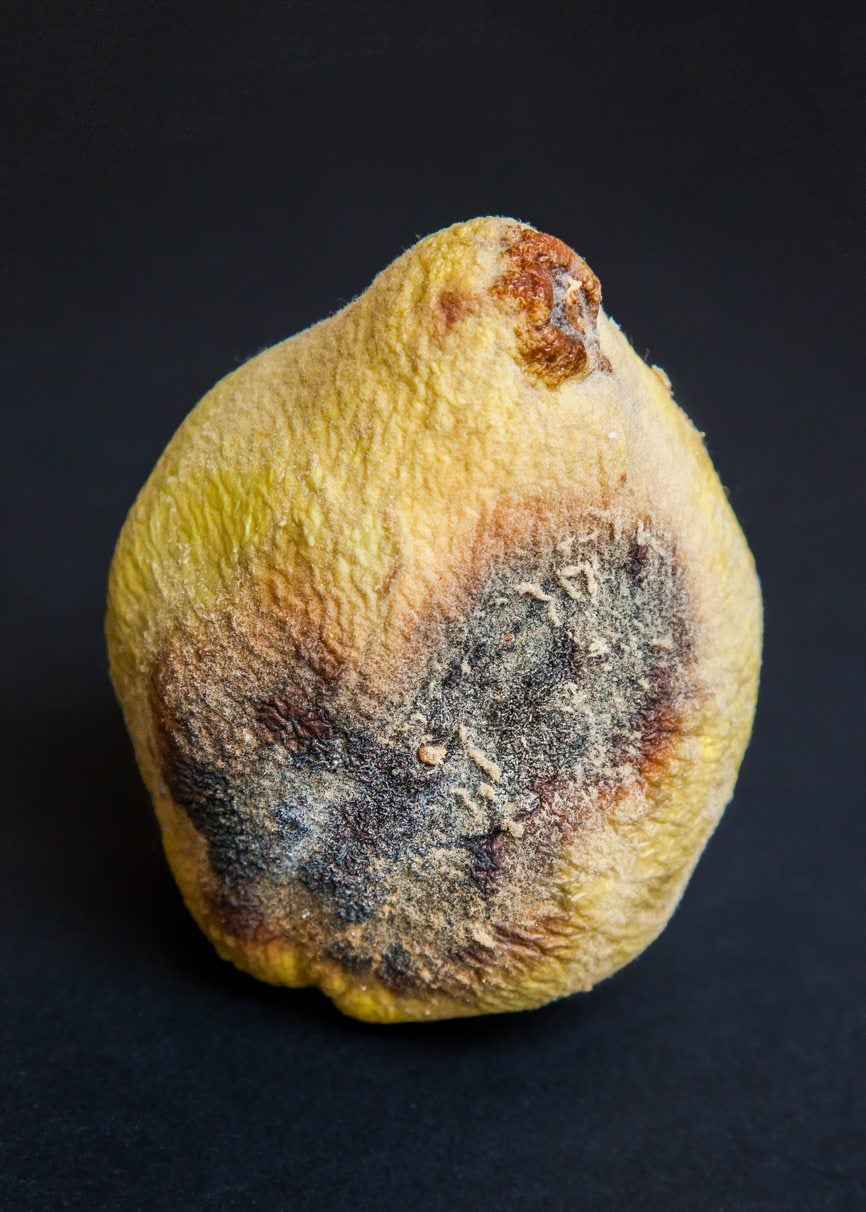 Quince Tree Illness: How To Treat Quince Tree Diseases
Quince Tree Illness: How To Treat Quince Tree DiseasesQuince trees are once again favorites in the orchard, but these tough, hardy plants aren't without any health worries. Learn about the most common pathogens that can affect them and how to treat your sick quince when they occur in this article.
By Kristi Waterworth
-
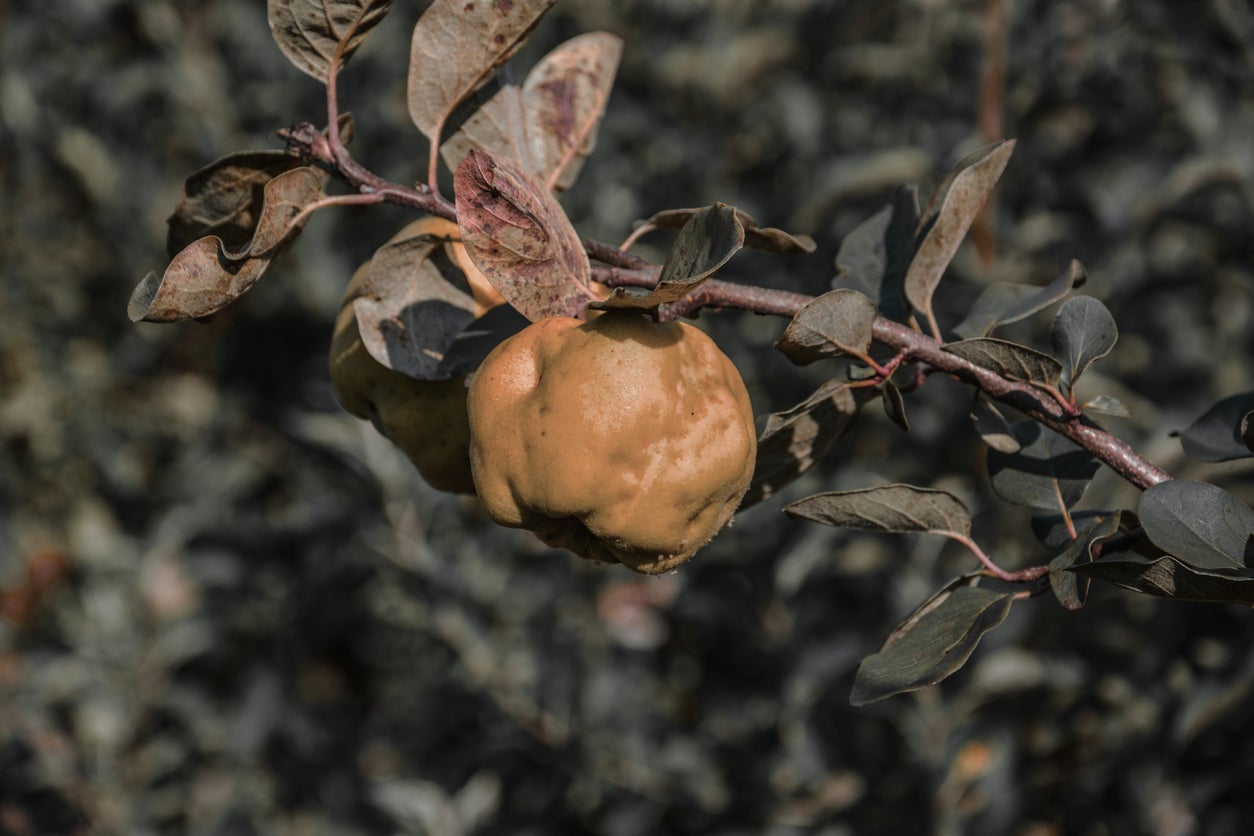 Common Pests Of Quince Trees – Tips On Treating Quince Tree Pests
Common Pests Of Quince Trees – Tips On Treating Quince Tree PestsQuince can make a great addition to any orchard or works as a standalone landscape plant, too. But there's more to caring for a quince than just planting it and wishing it luck. Read about common quince pests and how to eliminate them in this informative article!
By Kristi Waterworth
-
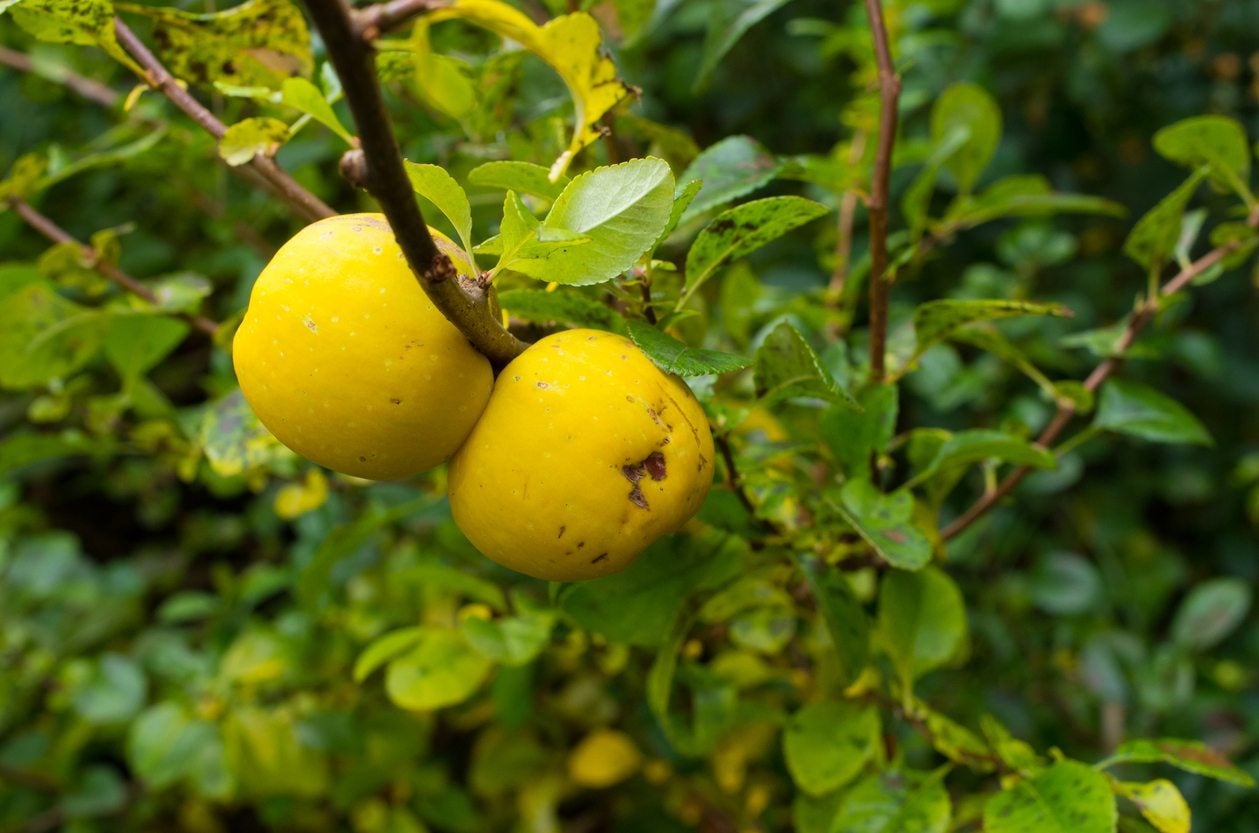 No Fruit On A Quince Tree – Why Is Quince Fruit Not Forming
No Fruit On A Quince Tree – Why Is Quince Fruit Not FormingThere's nothing more frustrating than a fruit tree that's not fruiting. Have you questioned, "Why won't my quince tree fruit? Why is quince fruit not forming?" Well, wonder why no longer. Click here to learn more about why there is no fruit on a quince tree.
By Shelley Pierce
-
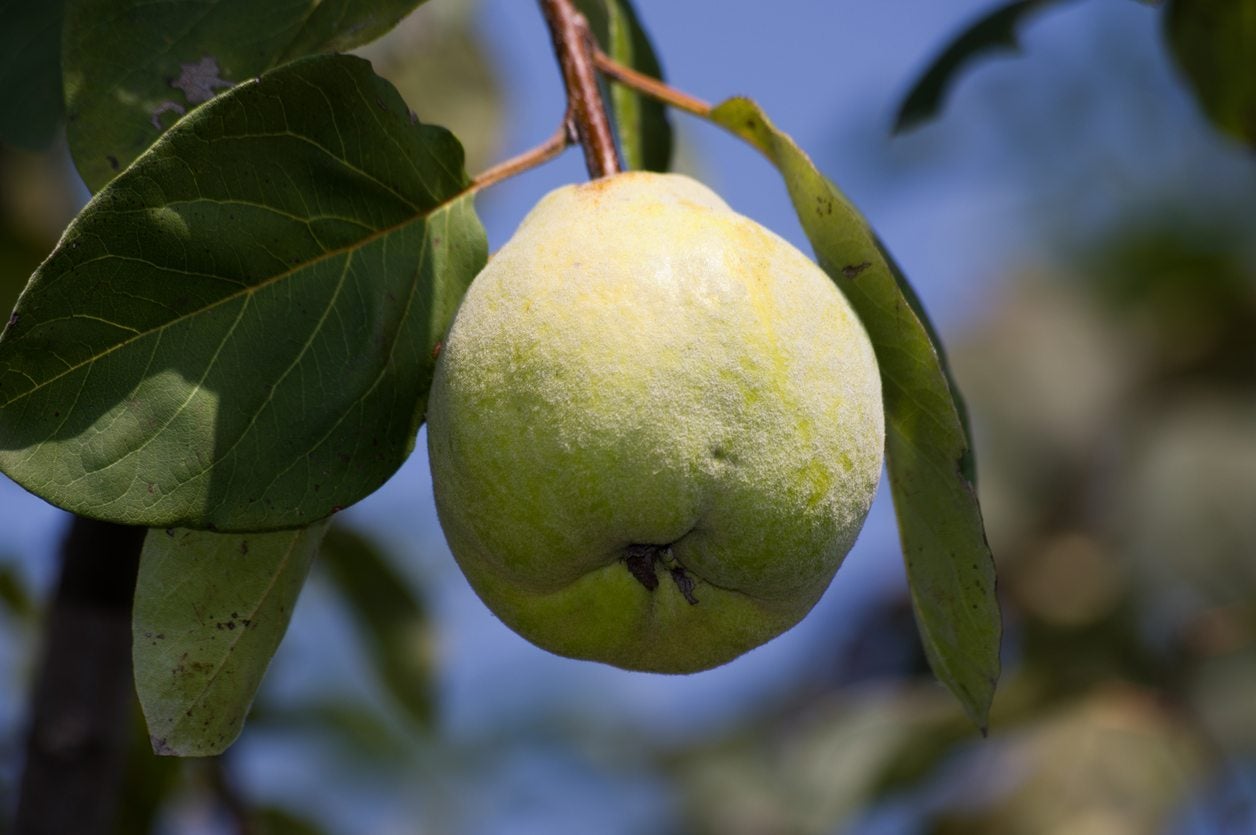 How To Grow Quince In Containers – Tips For Growing Quince In A Pot
How To Grow Quince In Containers – Tips For Growing Quince In A PotFruiting quince is a fascinating, little grown tree that deserves more recognition. If you're short on space and feeling ambitious, you can try your hand at growing this tree in a container. Click this article to learn more about growing quince in a container.
By Liz Baessler
-
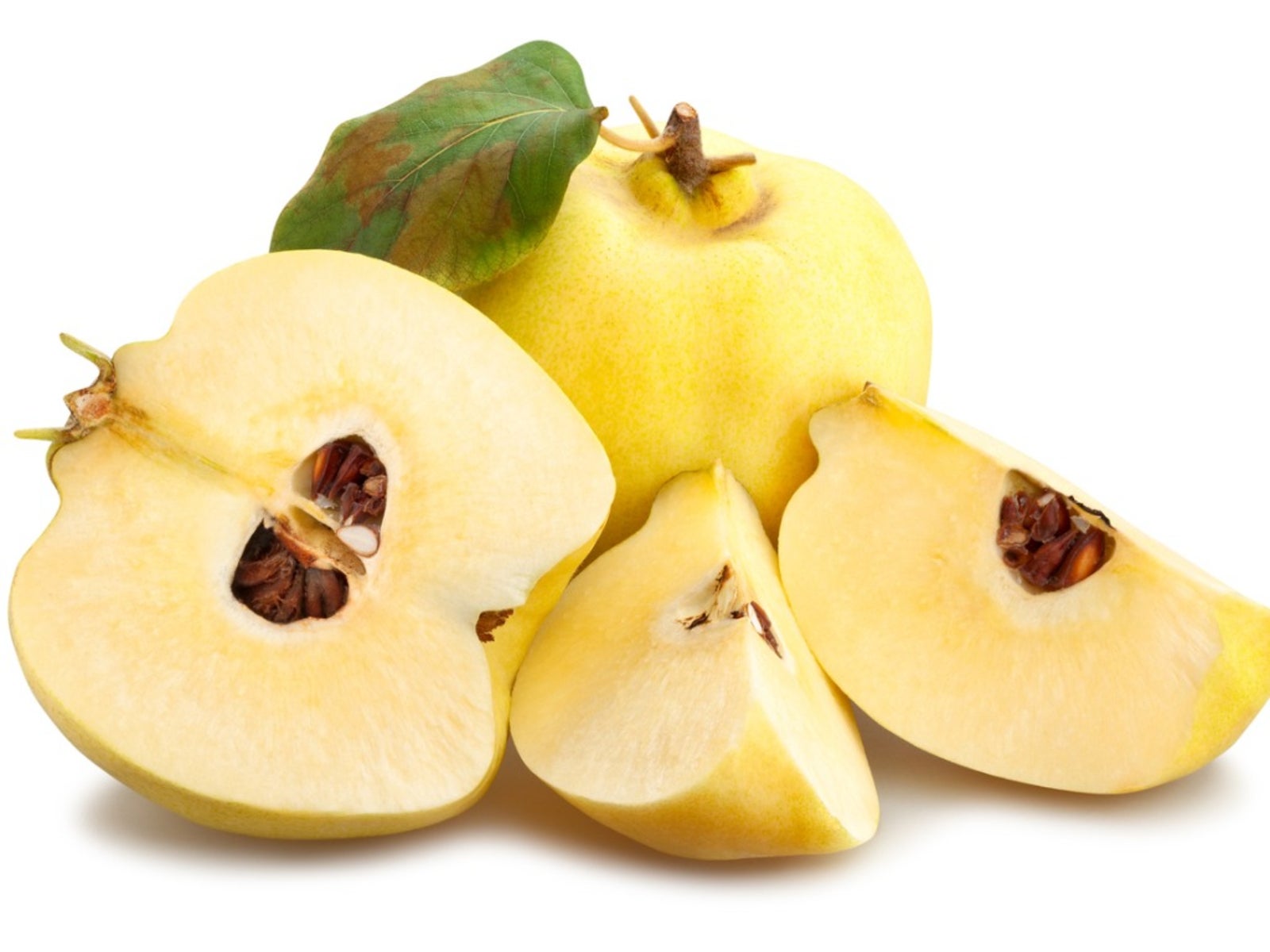 Quince Tree Propagation: How To Propagate Fruiting Quince Trees
Quince Tree Propagation: How To Propagate Fruiting Quince TreesQuince is a seldom grown but much loved fruit that deserves more attention. If you're interested in growing a quince tree, you're in for a treat. Click the following article to learn more about quince tree reproduction and how to propagate fruiting quince.
By Liz Baessler
-
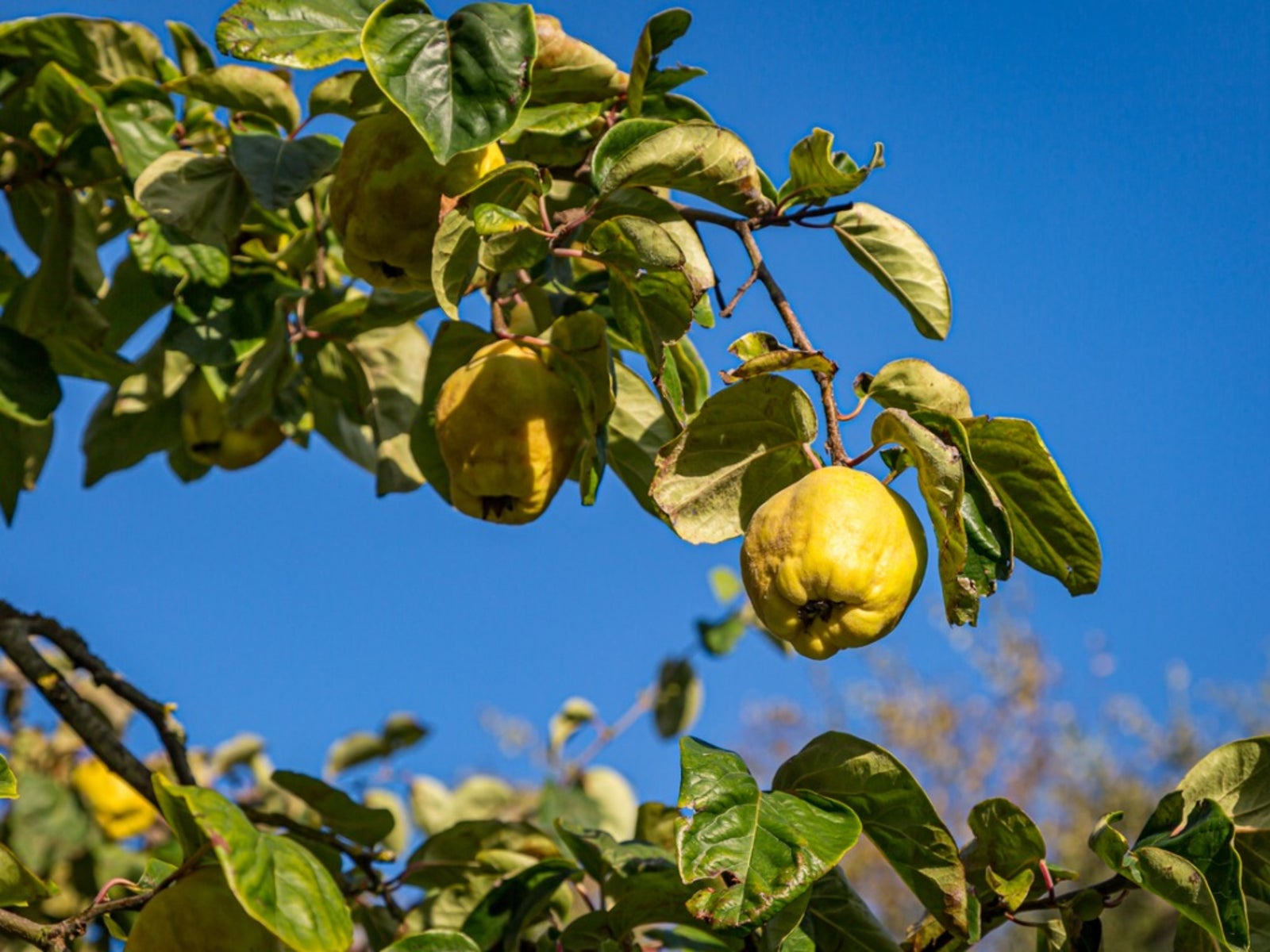 Moving A Quince Tree: Learn How To Transplant A Quince Tree
Moving A Quince Tree: Learn How To Transplant A Quince TreeTransplanting a quince that you just brought home from the nursery is not hard, but can you move a quince that's been in the ground for years? Click on the following article for all the information you need on how to transplant a quince.
By Teo Spengler
-
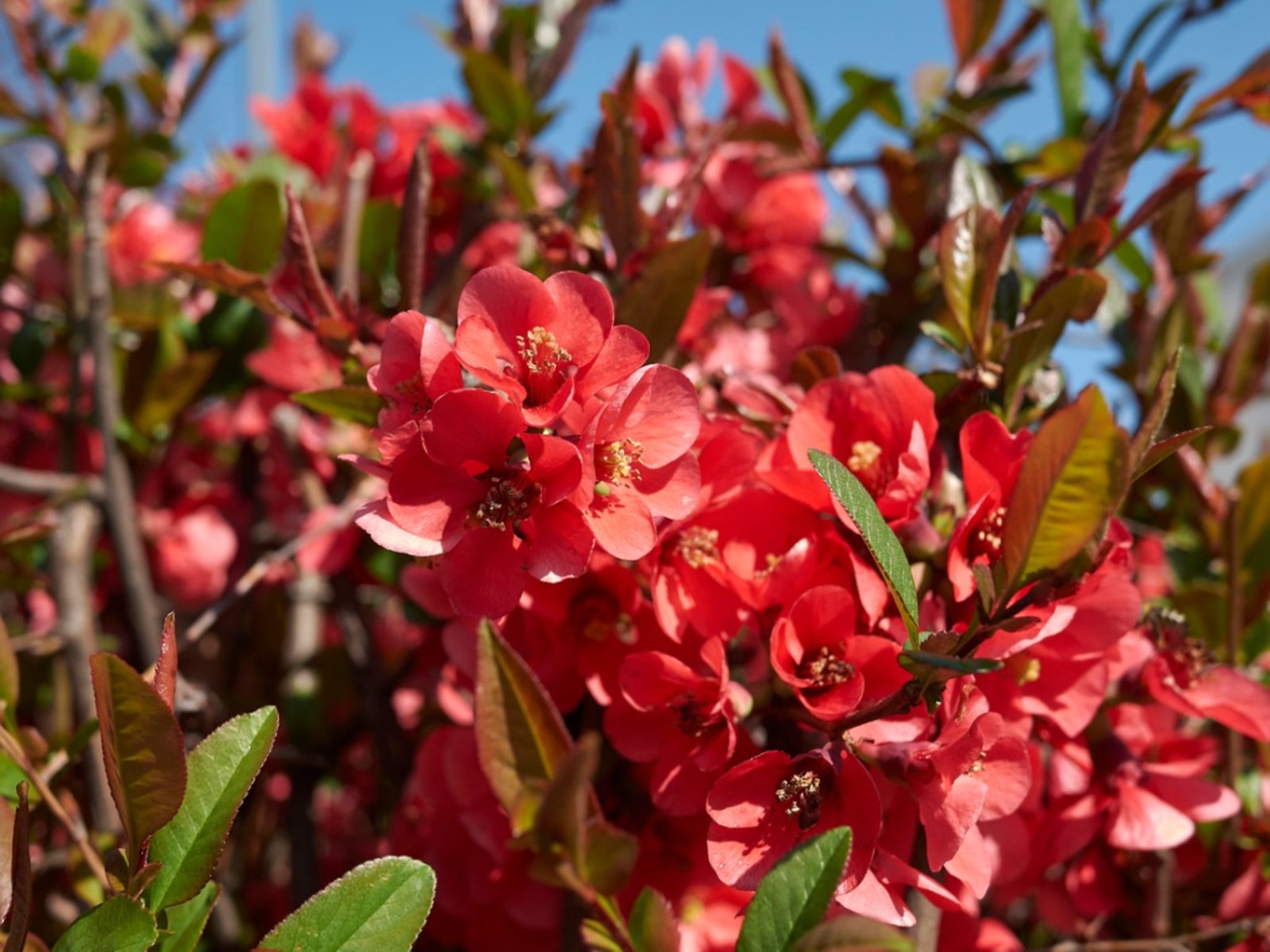 Making A Quince Hedge – How To Grow A Quince Fruit Tree Hedge
Making A Quince Hedge – How To Grow A Quince Fruit Tree HedgeThere are a number of reasons to include either in the landscape, but do quince trees make good hedges, in particular, the fruiting type? And how do you grow a quince fruit tree hedge? Click here to find out about making and growing a fruiting quince hedge.
By Amy Grant
-
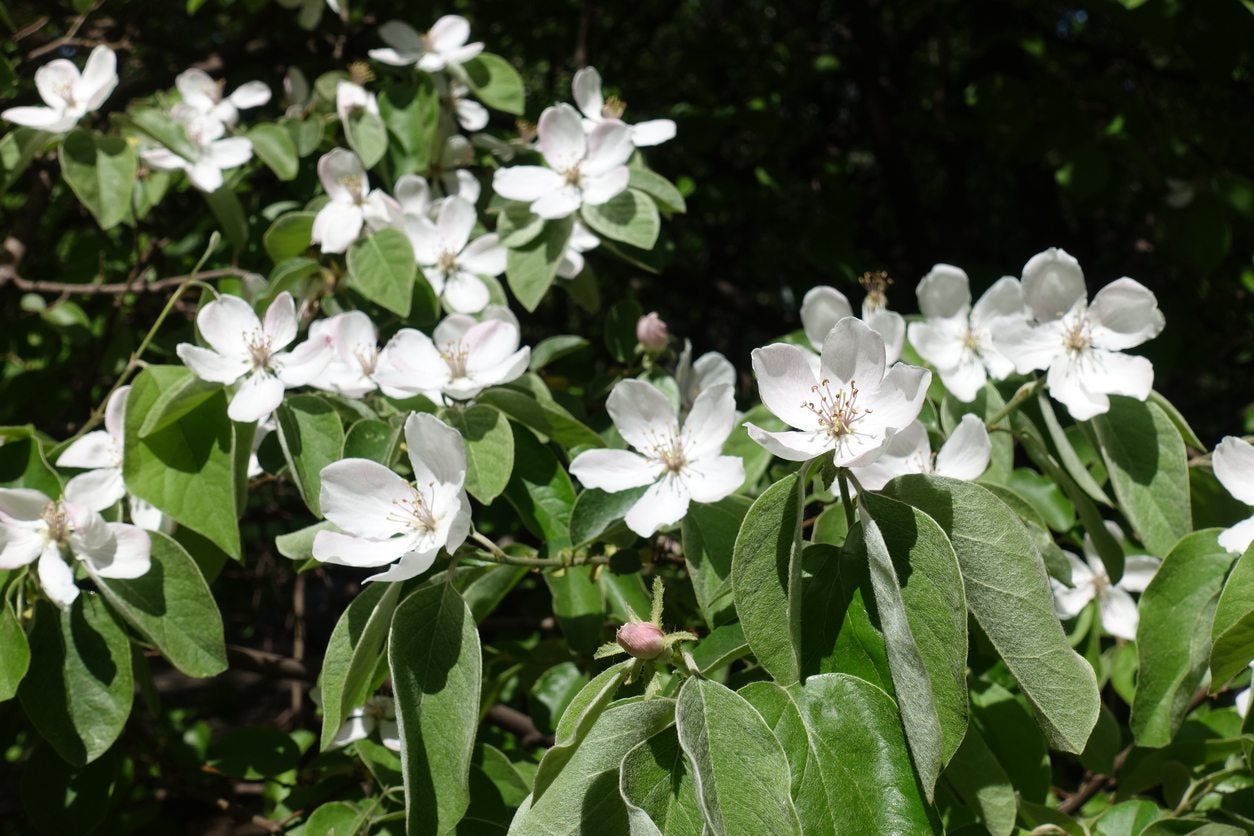 Flower Drop In Quince: Why Is Quince Tree Dropping Flowers
Flower Drop In Quince: Why Is Quince Tree Dropping FlowersA quince tree covered with white and pink flowers in springtime is a lovely sight. When these flowers fall off before producing fruit (blossom drop), it?s certainly disappointing. Quince blossom drop may be due to several factors. Learn what those are here.
By Ilana Goldowitz Jimenez